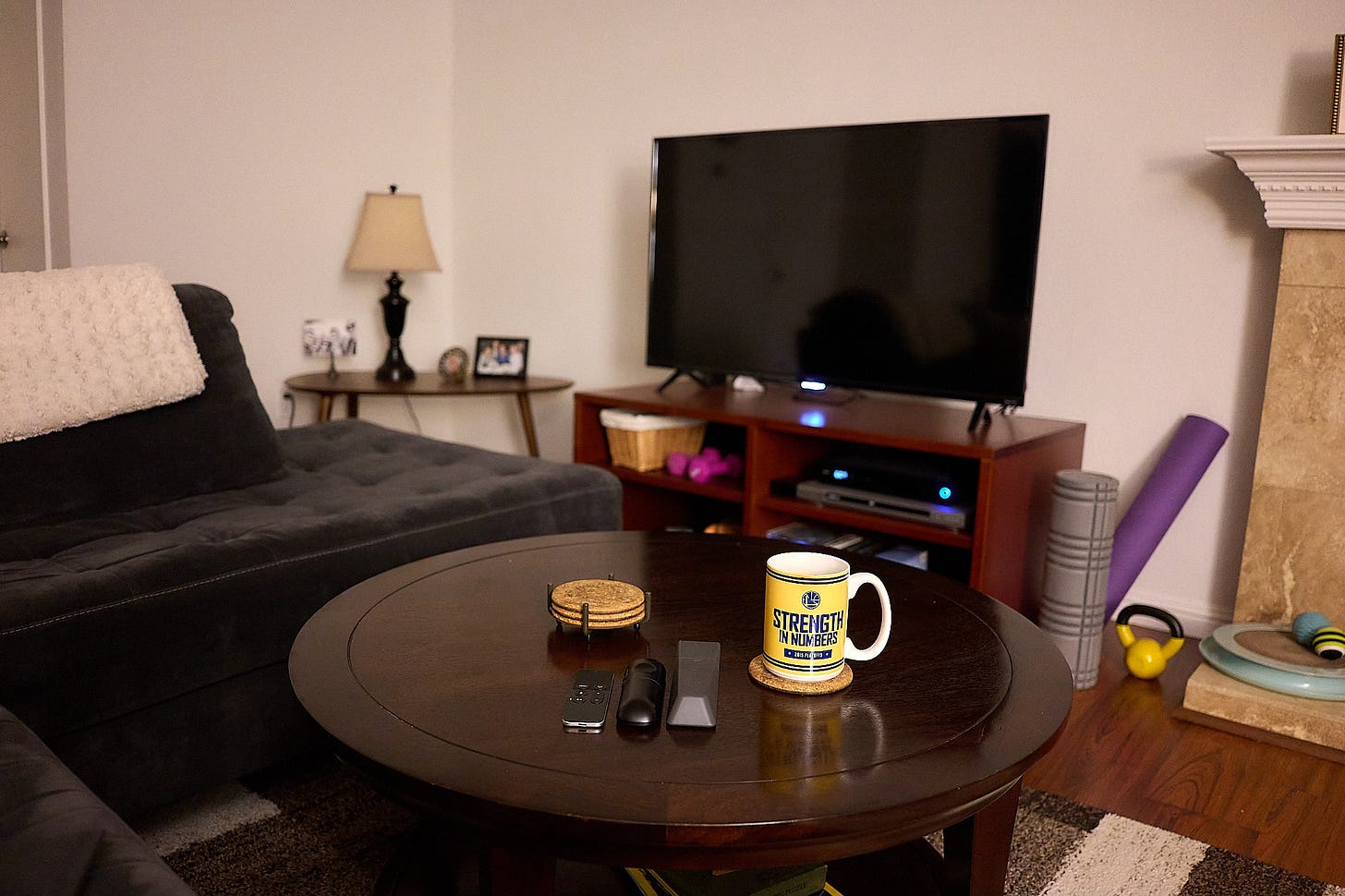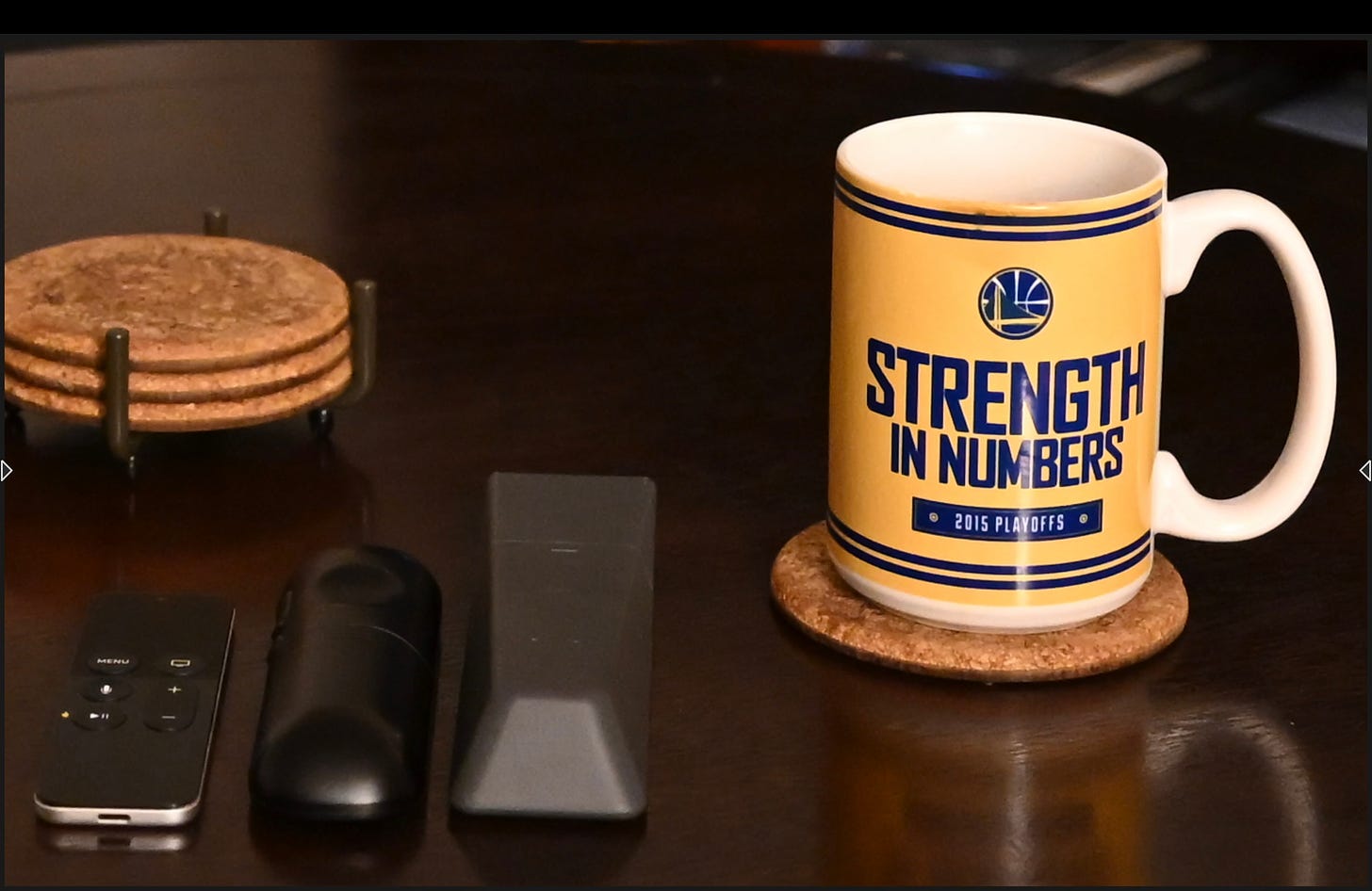The Inexpensive Viltrox 20mm Tested Against Nikon Z Lenses
How Does a $158 Optic Hold Up Against a $499 Brand Name?
Earlier this week on my TDS Photography Podcast, I talked about the bargain-priced Viltrox 20mm f/2.8 super wide lens for Nikon Z cameras (and for Sony E as well). At $158, the outlay was certainly within reach of just about any photographer. But the real question is: How does it perform? Well, let’s take a look.
I have the Nikon Z 26mm f/2.8 pancake lens ($499) and a Nikon Z 24-50mm f/4-6.3 zoom lens ($396) that I like a lot. So I turned down the room lights for a shadowy environment, held the Nikon Zf steady in my hands, and recorded test shots with all three lenses. Here’s what the scene looked like with a little bit of editing.

The next series of shots are unedited Jpegs, magnified to 200 percent, with all three optics. This is an apples-to-apples way to capture their performance.
The ISOs vary because I was shooting with Auto ISO on the Zf and in Program mode. I wanted the camera and lens to make the exposure decisions. The perspectives vary because of the different focal lengths of the lenses. All images are at 200 percent.
If you want to clean things up, which is what I discussed in the podcast, then let’s take a look at two RAW files that have basic edits applied.
Images from the Nikon Z 26mm lens clean up much better. Not only are they sharper, but the quality of the detail is more pleasing and photo-like.
Now, granted, these are extreme conditions at high ISOs, not the typical shooting scenarios for these optics. When I take the Viltrox 20mm outside for casual picture taking, the images are quite good.
The Bottom Line
The results are what most of us would suspect. When casually taking pictures outside in good light, the Viltrox 20mm f/2.8 will deliver solid results. These are images you can publish and print.
But when conditions deteriorate, we see more quality separation between the inexpensive 20mm optic and the moderately priced Nikon Z lenses.
I like the Viltrox 20mm wide angle, and I’m keeping it in my kit. The key to success is knowing your lenses and reaching for the right one in varying conditions.











Looking at the mugs, I was struck by how much better the in-camera jpgs looked. Not sure how you dialed in your raw adjustments, but the resulting pictures seemed oversharpened and there was a bit of haloing around the letters. It seemed to be equally true of both the Nikon and the Viltrox lenses.
I have the Viltrox 13 1.4 and find it a great lens.